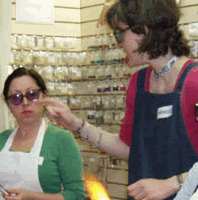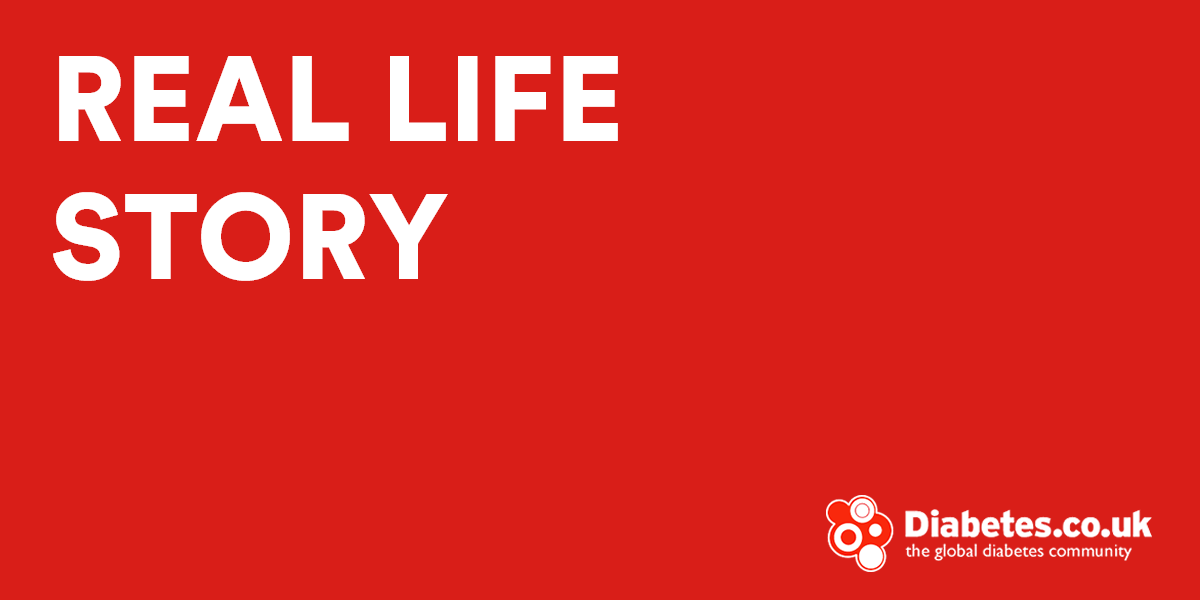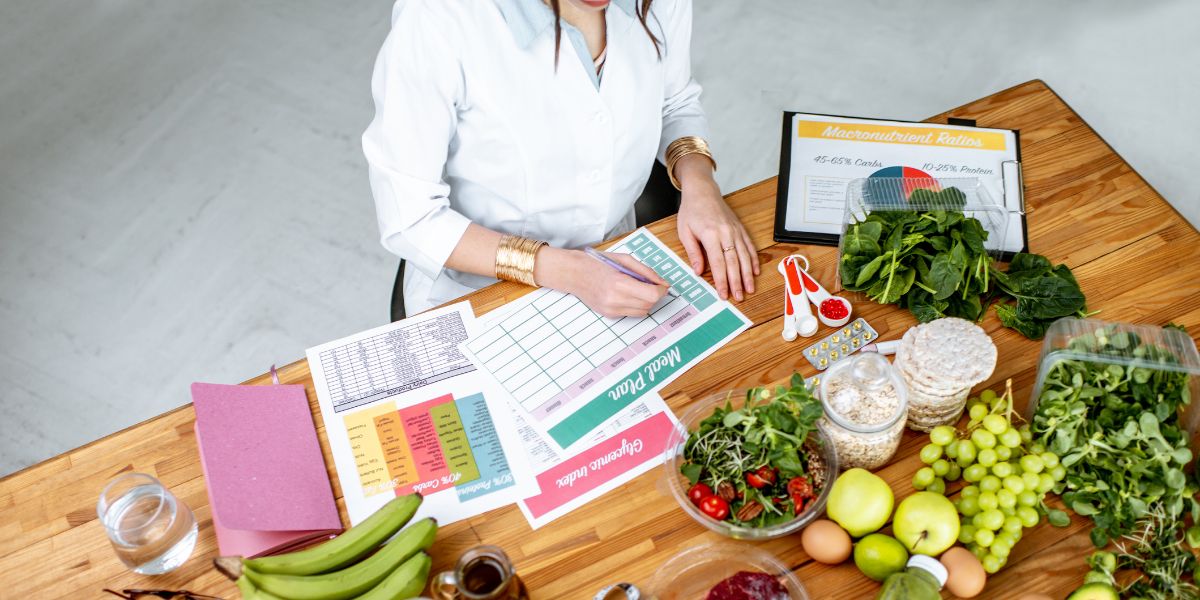
For her day job, Rebecca Weddell makes unique lampwork glass beads for ‘discerning designers’. That sounds simple enough, but when you realise it involves A blow-torch, you think twice.
She says, “I’ve been hard at work today teaching two students at once how to play with fire to melt glass and make beads, but WE took regular breaks to cool down from the torch flame!”.
Diagnosed: 24 years ago
One hot lady, as they say. Rebecca is in fact 35 and was diagnosed in 1986 when she was 11. She’s now a 5-a-day injector and does a lot of blood tests – she admits she’s “a little obsessive” as she does up to ten a day but she also has very good control as a result. But it’s not just the blood testing that does it.
“I had amazing care when I was diagnosed, I was taught to carb count and have always done it,” she says. She’s also a recent graduate of the SADIE course at Eastbourne hospital, a local equivalent of DAFNE. She explains, “Having done the course I find that I want to have more of a clue about what I’ve eaten in terms of its carb content and seeing how it’s affected my blood sugar.”
DAFNE
DAFNE stands for Dose Adjustment for Normal Eating and the courses aimed at people with type 1 diabetes. Most PCTs now offer some sort of DAFNE course, like this one at Eastbourne.
Even people who’ve had diabetes a long time can benefit from the courses.
Partly, it makes you go back to basics, with a refresher course on how insulin works, why counting carbs helps, but it’s also good to talk to other people with diabetes and share your experiences.
Using a diary
Rebecca’s started to use a diary again – a simple practice that most of us stop doing, but it’s an old stand-by that can really help if you go through a bad spell when good control is proving elusive. She explains, “I’m enjoying plotting dots on the graph in my new blood test diary, partly as it reminds me of the 1980s. Back then, I remember getting through reams and reams of photocopied A4 charts.
Those were the days of very expensive glucose meters, just two blood tests a day, and often urine tests as well. Everything was plotted on those sheets.
Now the diary I use has space to record what food you’ve had with a space for the insulin too, and more than one line for each part of the day, which is very helpful. After just two days of using my new book I’ve identified where the problem might be (at the moment I’m going far too low far too often) so I’m already taking steps to be slightly less trigger-happy on the insulin.
It’s a bit ‘back to basics’ but it’s just what I’ve needed, to see it down in black and white. It’s easier to make sense of it now I’ve got somewhere sensible to write it all down in.”
Bead making
As for Rebecca’s chosen field of glass bead making, which she happily describes as “playing with fire”, it was a stroke of luck on a cold day that had her visit the annual Art In Action event near Oxford where she popped in to a tent to warm up and watched someone make a glass bead using a torch. It started as a hobby, but on being made redundant in 2008, Rebecca has made it into a business and now makes and sells beads as well as teaching others the craft. “It’s literally a cottage industry,” she says, “it’s not a production line – every bead is different.”
- Rebecca has been using the Desang blood test diary





